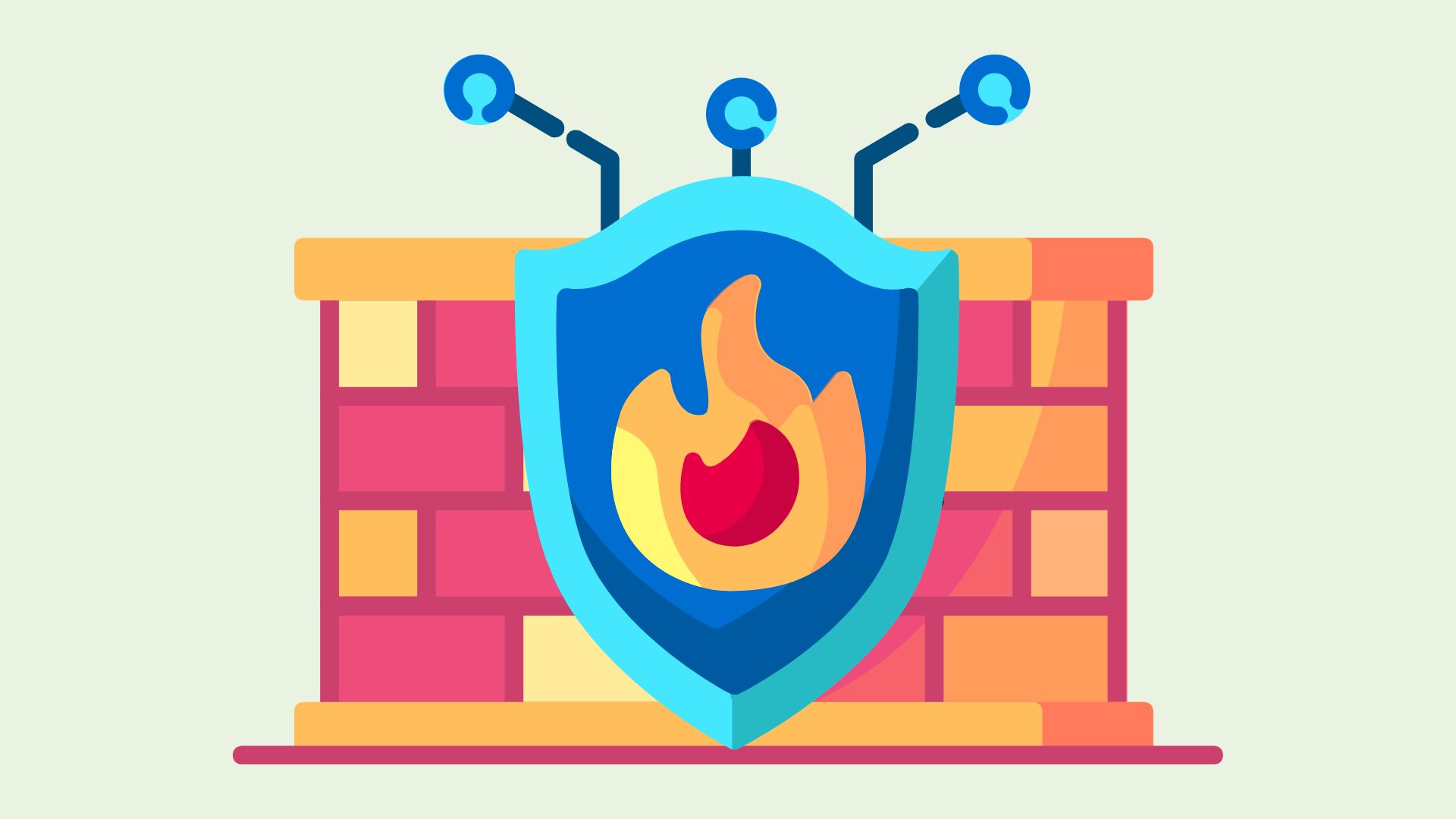Popular Tools by VOCSO
A Web Application Firewall examines, filters, and stops HTTP/S traffic to or from an internet application. It protects against harmful attempts to steal information or endanger the system.
A WAF is not the normal firewall because WAF can refine the specific content of some web applications. But normal firewalls act as a security gate between servers.
By examining traffic, a WAF block attack on web application like:
Table of Contents
SQL Injection
This is a SQL injection method that damages the database. It’s the most popular web hacking strategies. Also, SQL injection is the addition of harmful code in SQL statements through web page input. Read the best definition of SQL Injection.
Cross-Site Scripting (XSS)
This attack is a form of injection, where hackers inject malicious scripts into safe and benign websites. Also, the attacks occur when the hacker makes use of a web application to forward malicious code. Commonly, the code is in the form of a browser side script, to another end user.
Cookie Poisoning
On the internet, cookie poisoning occurs when a cookie is modified (private data in a Web user’s system) by an attacker to access unauthorized data about the user for aims like identity theft. The attacker uses the data to create gain access or create new accounts to the user’s existing accounts.
Others include:
- Layer 7 DoS
- Invalid input
- Web scraping
- Brute force
A WAF can serve as a service, software, or an appliance. Also, it has policies modified for several applications, which requires maintained during or after any modification.
History
In the early 90s, application firewalls were first developed by Bill Cheswick, Marcus Ranum, and Gene Spafford. Although their services were a network-based firewall, it could manage some applications RSHor FTP. After some years, the products were created by other researchers to offer durable firewall systems for others to develop. And this helped raise the bar for the company.
Later, dedicated WAF firewalls emerged when the server hacker invasion became very noticeable. Perfecto Technologies was the first company to provide a dedicated WAF.
The company changed its name to Sanctum and listed top web application hacking methods and created a pathway for the Web Application Firewall market. They include:
- Hidden field manipulation
- Parameter tampering
- Buffer overflow
- Backdoor or debug options
- Forced browsing
- 3rd party misconfigurations
- Stealth commanding and known vulnerabilities
In 2002, ModSecurity was created to make the technology available. Also, it was created so WAF can solve issues within the industry. These include proprietary rule-sets, cost barriers, and business cases.
Further, ModSecurity concluded a major rule set for securing software, based on the WAS Technical Committee’s vulnerability work. In 2003, ModSecurity’s work was standardized and expanded and via the Open Web Application Security Project’s List.
Since then, the industry has developed and evolved involving bigger commerce industry with an increase in credit card fraud. With the advancement of PCI DS a (standard for companies to increase cardholder data authorities), safety is now monitored and has caused general interest in the industry.
CISO Magazine stated that the Web Application Firewall market size will rise to over $5 billion by 2022. While a WAF is not the main or only security solution, they can be used alongside other networks security solutions like network firewalls and intrusion prevention systems to offer a comprehensive defense strategy.
Typically, WAFs abide by a negative and positive security model or a combination of both negative and positive security model.
Further, a WAF makes use of rule-based signatures, parsing, and logic to find and stop attacks like SQL injection and cross-site scripting.
Kinds of Web Application Firewalls
System based WAFs are generally equipment based and can decrease inactivity since they are introduced locally, on reason by means of a committed machine, as near the application as could reasonably be expected. Most significant system based WAF merchants permit replication of standards and settings over numerous machines, in this way making substantial scale organization, arrangement and the executives conceivable. The greatest downside for this sort of WAF item is cost as there’s both a direct front capital use just as continuous operational expenses for support.
Host-based WAFs might be completely incorporated into the application code itself. The advantages of a host-based WAF execution incorporate lower cost and expanded customization choices. Host-based WAFs can be a test to oversee in light of the fact that they require application libraries and rely on nearby server assets to run adequately. Hence, more staff assets, including that of engineers, framework investigators and devops/devsecops, might be required.
Cloud-facilitated WAFs offer an ease answer for associations that need a turnkey item that requires negligible assets for execution and the board. Cloud WAFs are anything but difficult to send, are accessible on a membership premise and frequently require just a straightforward DNS or intermediary change to divert application traffic. Despite the fact that it very well may test place duty regarding separating an association’s web application traffic with an outsider supplier, the system enables applications to be secured over a wide range of facilitating areas and utilize comparable arrangements to ensure against application layer assaults. Furthermore, these outsiders have the most recent danger knowledge and can help recognize and obstruct the most recent application security dangers.
What are Network-based, Host-based, and Cloud-based WAFs?
A WAF can be executed one of three diverse ways, each with it’s very own advantages and inadequacies:
A network-based WAF is by and large hardware-based. Since they are introduced locally they limit inertness, however network-based WAFs are the most costly choice and likewise require the capacity and upkeep of physical hardware.
A host-based WAF might be completely coordinated into an application’s software. This arrangement is more affordable than a network-based WAF and offers greater adaptability. The drawback of a host-based WAF is the utilization of nearby server assets, usage multifaceted nature, and upkeep costs. These parts commonly require designing time, and might be expensive.
Cloud-based WAFs offer a reasonable alternative that is anything but difficult to execute; they typically offer a turnkey establishment that is as straightforward as a change in DNS to divert traffic. Cloud-based WAFs additionally have an insignificant forthright expense, as clients pay month to month or every year for security as an administration. Cloud-based WAFs can likewise offer an answer that is reliably refreshed to ensure against the freshest dangers with no extra work or cost on the client’s end. The disadvantage of a cloud-based WAF is that clients hand over the duty to an outsider, accordingly a few highlights of the WAF might be a black box to them. Find out about Cloudflare’s cloud-based WAF arrangement.
WAF Deployment Options
Yes, there are different operating mode names, but WAFs are primarily deployed inline in 3 distinct ways. As stated by NSS Labs, deployment alternatives include:
- Transparent reverse proxy
- Transparent bridge
- Reverse proxy
“Transparent” shows that HTTP traffic is sent directly to a web application. What this means is, there’s a transparent WAF between the server and the client.
But it’s quite different from reverse proxy, where a WAF serves as a proxy. Also, the client’s traffic is delivered directly to the Web Application Firewall. The WAF then forwards process traffic to web applications.
It offers more benefits like IP masking. But it may lead to problems like performance latency
Commercial Vendors
A lot of commercial WAFs have comparable features. But key differences indicate deployment options, user interfaces, or requirements within some certain environments. The well-known vendors are:
- Citrix Netscaler Application Firewall
- Barracuda Networks
- F5 Big-IP ASM
- Appliance
- Fortinet FortiWeb
- Penta Security WAPPLES
- Imperva SecureSphere
- Radware AppWall
- CloudEdit
- Sophos XG Firewall
- Akamai Technologies Kona
- Amazon Web Services AWS WAF
- Alibaba Cloud
- Cloudbric
- F5 Silverline
- Cloudflare
- Fastly
- Radware
- Imperva Incapsula
- Sucuri Firewall
As industries, companies, and organizations continue to develop and expand internet presence, the absolute number of data and websites applications that will need security will rise too. So it’s important that Web Application Firewall solutions will continue to grow to maintain the continuous evolving threats today. So before choosing a WAF to defend your web applications, consider the following:
- Automatic Attack Detection
- Detection techniques
- Security effectiveness
- Network Architecture
- Ease of Management
- Security Operations Center
- SSL Offload
- Visibility and Reporting
- High Availability
- Performance
- Reliability and so much more.
Conclusion
Companies that offer complex and quality Internet content to users without ensuring enough security incur notable risk. Also, they’re exposed to many malicious attacks from altering IP addresses. By using a powerful WAF, you can protect your important web applications within a public cloud, managed cloud service environment, or conventional data center.
A powerful Web Application Firewall solution lets companies to protect against attacks and Open Web Application Security Project (OWASP) threats. With good Layer 7 DDoS defenses, granular attack visibility, virtual patching, detection techniques, will stop even the most complex threats before they get to your servers. Also, a strong WAF allows compliance with essential regulatory measures.


















